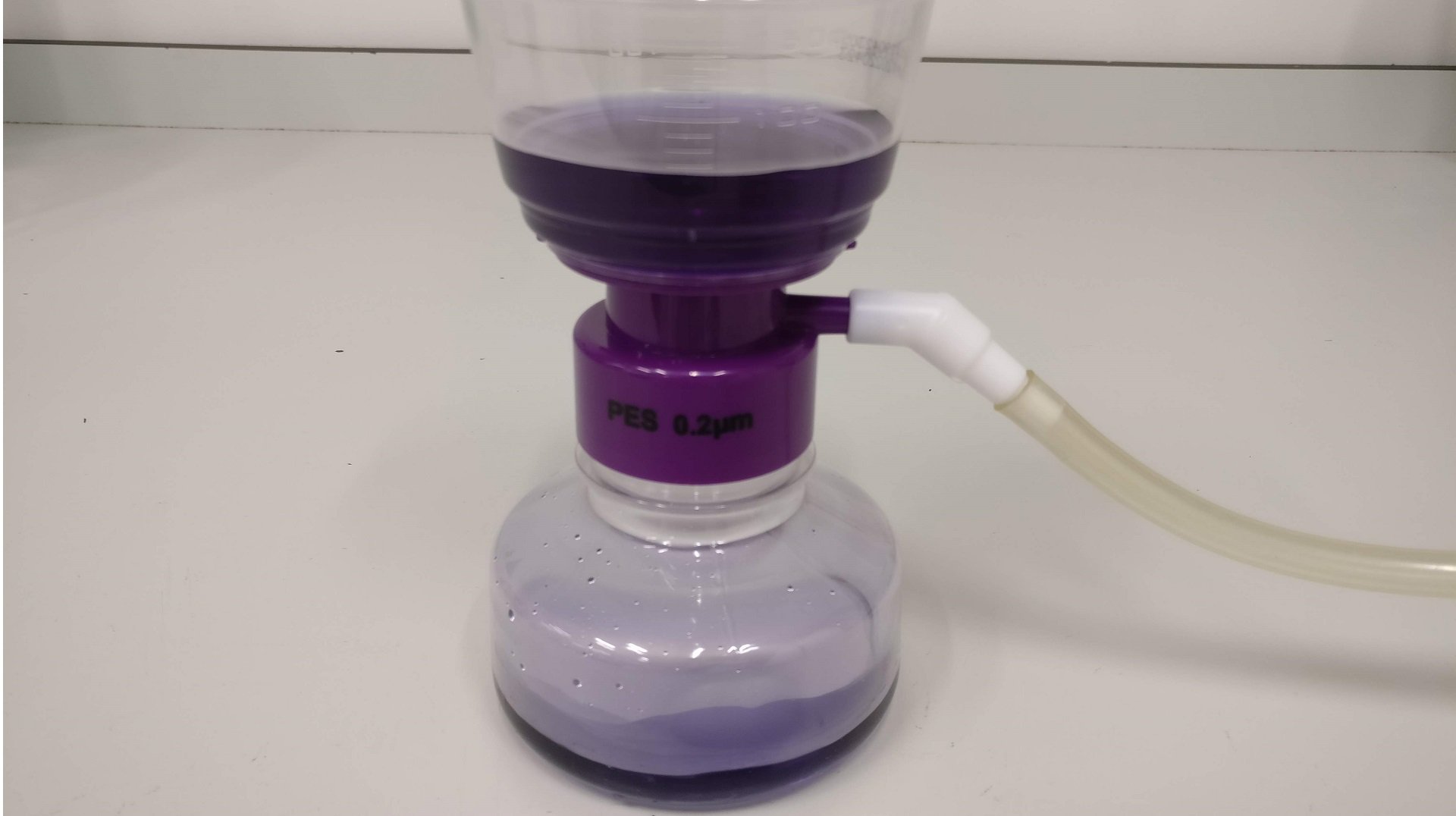The word sterilization is derived from the Latin word ‘sterilis’, which means barren. By sterilizing something you remove all the microbes. This can be achieved through different methods, for example with UV-rays, a filter or an autoclave.
The word sterilization is derived from the Latin word ‘sterilis’, which means barren. By sterilizing something you remove all the microbes. This can be achieved through different methods, for example with UV-rays, a filter or an autoclave.
Removing microbes
When sterilizing an object, instrument or material, the goal is to remove as many microbes as possible. This is imperative with surgical instruments for example as to prevent infection. Apart from this it is also essential in the culturing process of microbes. When culturing a specific species of microbe, you do not want other microbes to gain the upper hand or effect the desired microbe. The equipment and raw materials used are therefore also often sterilized.
Solid, liquid or gas
Sterilization kills or deactivates all micro-organisms to an extent to limit the chance of a living organism per sterilized unit to be smaller than one in a million. Many different materials can be sterilized, such as glass, a liquid and even air. The method by which you sterilize something is dependent of the material. An autoclave uses heat and pressure to sterilize. This works well for glass and other hard materials. But the heat of an autoclave is disastrous to use on many (chemical) solutions. In order to remove all the microorganisms from the solution, but maintain the molecular profile of the liquid, filter sterilization is a common practice. In this process the solution is passed through a filter. The filter is so fine that it removes microorganisms without altering the solution.

